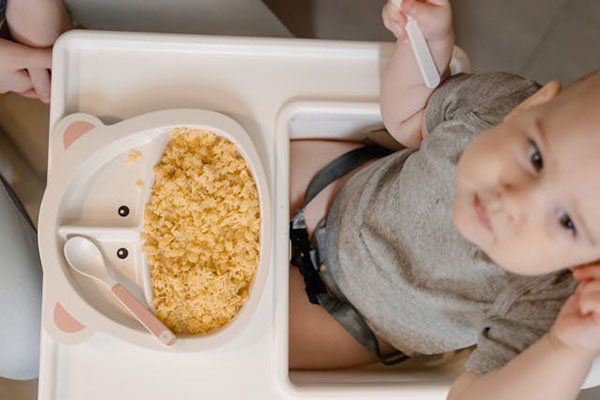As a parent, understanding what kind of food toddlers like to eat can be a challenging task. Toddlers are known for their picky eating habits and preferences that can change from one day to the next. However, there are some general trends and guidelines that can help you navigate this important stage of your child’s development.
What are Toddlers’ Favorite Foods?
Research shows that toddlers tend to prefer foods that are familiar to them. This often includes simple, easy-to-eat items such as fruits, vegetables, and carbohydrates. According to a study published in the Journal of Nutrition Education and Behavior, toddlers are more likely to enjoy foods that are sweet or mild in flavor.
How to Encourage Healthy Eating Habits
While it’s natural for toddlers to have preferences for certain foods, it’s important for parents to encourage a balanced and nutritious diet. One way to do this is by offering a variety of foods at each meal, including different colors, textures, and flavors. Studies have shown that repeated exposure to new foods can increase a child’s acceptance of them over time.
Common Toddler Food Aversions
Many toddlers go through phases where they refuse to eat certain foods. This can be frustrating for parents, but it’s a normal part of a child’s development. Some common food aversions in toddlers include bitter vegetables, spicy foods, and foods with strong flavors. It’s important to be patient and continue offering these foods in small amounts to help your child develop a more diverse palate.
Healthy Snack Ideas for Toddlers
When it comes to snacks, toddlers often enjoy finger foods that are easy to pick up and eat on their own. Some healthy snack ideas for toddlers include sliced fruits, whole grain crackers, yogurt, and cheese. These options provide a good balance of nutrients and are easy for little hands to manage.
Overall, understanding what kind of food toddlers like to eat can help parents navigate the challenges of feeding young children. By offering a variety of nutritious options and being patient with their changing preferences, you can help your child develop healthy eating habits that will last a lifetime.









